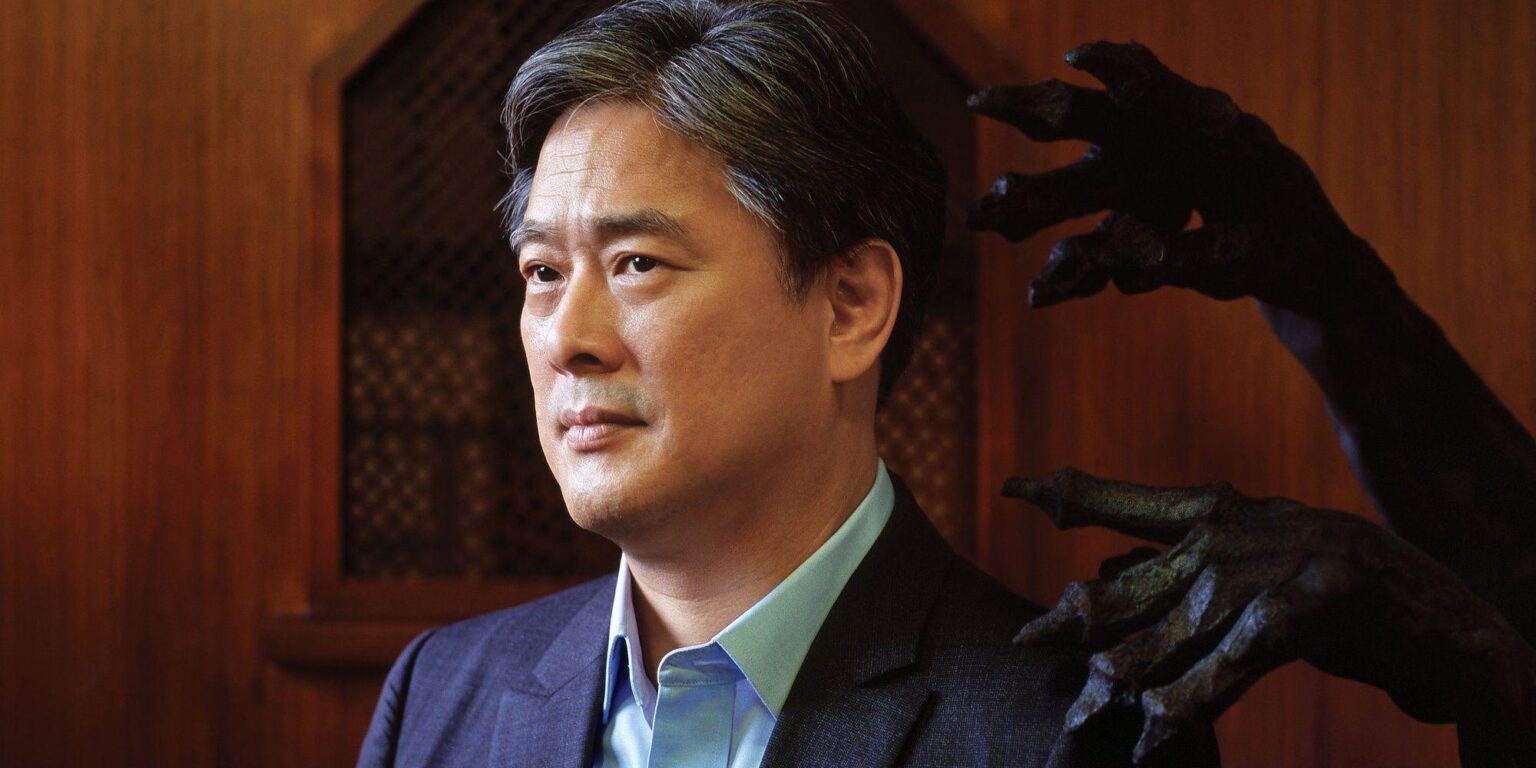What makes a thriller truly gripping? Is it teh twisty plot,the shadowy atmosphere,or the heart-pounding pacing? For fans of edge-of-the-seat cinema,the magic of suspense is an art form mastered by only a few. In this article, we dive behind the scenes with some of the top thriller directors to uncover their secrets for crafting tension that keeps audiences hooked from the first frame to the final reveal. Get ready to explore the techniques, inspirations, adn creative choices that transform ordinary stories into pulse-racing adventures. Curious to learn how suspense comes to life on the screen? Let’s unravel the mysteries together.
Table of Contents
- Mastering the Art of Pacing to Keep Viewers on the Edge of Their Seats
- Building Atmosphere Through Sound and Visuals That Speak Volumes
- Creating Complex Characters Who Hide Secrets Beneath the Surface
- Leveraging Unexpected Twists Without Losing Audience Trust
- In Conclusion
Mastering the Art of Pacing to Keep Viewers on the Edge of Their Seats
Creating a rhythm that draws viewers deeper into the narrative requires a delicate balance between tension and relief. Top thriller directors skillfully manipulate timing—sometimes stretching moments to amplify anticipation, other times cutting quickly to ignite adrenaline. Strategic pauses allow audiences to catch their breath, only to be jolted back with unexpected twists or revelations. It’s this unpredictable flow that keeps hearts pounding,eyes glued to the screen.
Several techniques come into play for mastering pacing in thrillers,including:
- Variable scene lengths: Short,sharp bursts increase urgency,while longer sequences build immersive tension.
- Layered subplots: Interweaving multiple narratives creates a tapestry of suspense that feels both complex and compelling.
- Sound design and music: Cinematic silence can be just as powerful as a crescendo, manipulating audience emotions without a single word.
- visual pacing: Dynamic camerawork,changes in lighting,and editing rhythms orchestrate how time feels on screen.
Building Atmosphere Through sound and Visuals That Speak Volumes
Thriller directors often lean into the subtle power of soundscapes to manipulate emotions and carve tension from silence. The creaking of a floorboard, a sudden yet muffled breath, or the faint hum of an off-screen siren can all convey an impending threat without a single word uttered. Visual cues play an equally vital role; dim lighting, narrowly focused frames, and carefully chosen color schemes guide the audience’s gaze while keeping them on edge. It’s the delicate balance between what’s shown and what’s left to the inventiveness that ignites suspense and keeps viewers hooked.
Key techniques frequently employed include:
- Layered Ambient Sounds: Incorporating background noise that hints at unseen activities or lurking danger.
- Strategic Shadows: Using low-key lighting to create ambiguous shapes and silhouettes, fostering uncertainty.
- Close-Up Detail Shots: Zooming in on subtle facial twitches, nervous hands, or objects that seem innocuous yet carry narrative weight.
When these elements work in harmony, they craft an atmosphere so rich and immersive it speaks louder than dialog ever could, pulling audiences deeper into the story’s ominous heartbeat.
Creating Complex Characters Who Hide Secrets Beneath the Surface
Some of the most compelling thrillers rely on characters whose outward demeanor conceals layers of secrets,creating an intoxicating tension that keeps audiences guessing. Top thriller directors frequently enough craft these personas with deliberate contradictions—mixing vulnerability with menace, or charm with concealed darkness. This delicate balance invites viewers into a psychological labyrinth,where the true nature of characters is revealed bit by bit,only when the stakes are highest. Such craftsmanship transforms even minor roles into ticking time bombs, their hidden motives and pasts enriching the narrative with suspense beyond the plot twists.
Bringing these intricate characters to life involves a few key storytelling techniques:
- Layered Backstories: Subtle hints dropped through dialogue, props, or flashbacks tease the audience about personal histories that don’t fully align with the surface persona.
- Ambiguous motivations: Actions that can be interpreted in multiple ways heighten uncertainty—are they ally or adversary?
- Nonverbal Cues: Microexpressions, lingering glances, or nervous tics that betray hidden emotions offer visual clues without spelling everything out.
By allowing secrets to simmer beneath composed facades, directors encourage viewers to engage actively, piecing together clues and questioning every interaction. It’s this dance between who the character appears to be and who they really are that forms the heart of unforgettable suspense.
Leveraging Unexpected Twists Without Losing Audience Trust
Mastering the art of surprise without alienating your audience demands a delicate balance. top thriller directors understand that a sudden plot twist should enhance rather than upend the narrative’s foundation. This is achieved by planting subtle clues and misdirections early on, ensuring viewers feel rewarded rather than deceived when twists unfold. The key lies in weaving a puzzle that feels inevitable in hindsight, even if it stunned them at the moment of revelation.
To build this trust, filmmakers frequently enough rely on a few crucial strategies:
- Foreshadowing: Integrating seemingly minor details that take on new meaning post-twist.
- Character consistency: Twists that arise logically from characters’ established motives and traits.
- Controlled Misdirection: Diverting attention without contradicting the story’s core truths.
When done right, these techniques transform unexpected turns from mere shock tactics into powerful storytelling tools that deepen engagement and respect for the narrative craft.
to sum up
As we peel back the layers of suspense through the eyes of these masterful thriller directors, it’s clear that crafting tension is both an art and a delicate science.From subtle pacing to unexpected twists, every choice serves a purpose—to keep us on the edge of our seats, hearts racing and minds guessing. Whether you’re an aspiring filmmaker or simply a devoted fan of the genre, exploring these insights invites you to see thrillers in a new light. So next time you find yourself gripped by a nail-biting scene, take a moment to appreciate the careful craft behind the fear—and maybe even discover a little suspense of your own.

